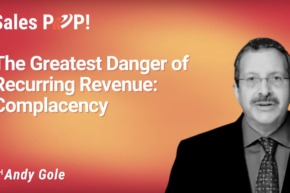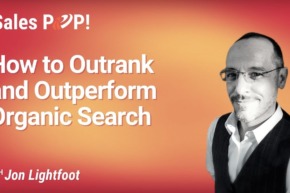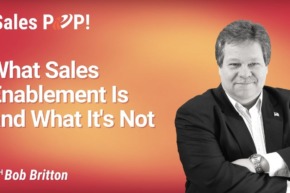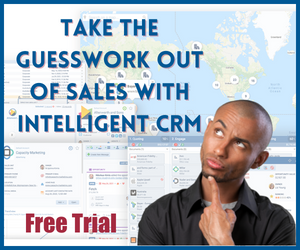In an increasingly digital world, digital accessibility has evolved from a simple legal requirement to a critical business strategy. It’s about more than just checking a box; it’s a powerful way to expand your market, boost brand loyalty, and create a more inclusive online experience for everyone.
Think of it this way: your website and digital content are like the front door to your business. If that door is difficult for some people to open, you’re missing out on a significant number of potential customers. The statistics are staggering—in the U.S. alone, one in four adults has a disability, representing a massive, often untapped, audience. Globally, the spending power of people with disabilities and their networks is estimated at a staggering $18 trillion. Making your digital “doors” accessible means you’re not just doing the right thing, you’re also making a smart business move.
The Surprising Link Between Accessibility and Business Growth
Beyond the clear legal and ethical benefits, focusing on accessibility can directly fuel your company’s growth.
- Building Unmatched Customer Loyalty: When people with disabilities find an accessible and user-friendly site, they often become incredibly loyal customers. They not only return but also actively recommend your brand to their friends and family, acting as powerful word-of-mouth advocates.
- Boosting Your SEO and Usability: Many of the best practices for accessibility, such as providing descriptive alt text for images and using clear link labels, are also key drivers for Search Engine Optimization (SEO). When you make your site easier for assistive technologies to read, you also make it easier for search engine bots to crawl and rank, which can improve your visibility in search results.
In essence, accessibility is a growth strategy in disguise. When you prioritize it, you’re not just mitigating risk—you’re creating a better experience for all users, which translates to a healthier bottom line.
Common Digital Accessibility Issues and Simple Fixes
Making your digital content accessible doesn’t have to be overwhelming. Many of the most common issues can be fixed with straightforward adjustments.
- Missing or Poor Alt Text on Images: This is one of the biggest and easiest mistakes to fix. Screen readers rely on alternative text (alt text) to describe images for users who are blind or visually impaired. Without it, an image is just an invisible gap. To fix this, provide meaningful, descriptive alt text for all functional images. For purely decorative images, use an empty alt attribute (alt=””) so screen readers know to ignore them.
- Vague Link Descriptions: Links labeled “click here” or “read more” are unhelpful for everyone, but they are particularly confusing for screen reader users who often navigate by a list of links. Instead, use clear, descriptive text that tells the user exactly where the link will take them. For example, use “Download our latest report” instead of “click here.”
- Inaccessible Forms: If a form lacks proper labels or a logical tab order, it can be impossible to complete for users who rely on keyboards or screen readers. Always ensure every form field has a clear label and that the tab order follows a logical sequence.
A simple audit of your site can reveal these issues, and fixing them is a great first step toward a more accessible digital presence.
The Perfect Blend: AI and Human Expertise
While the task of making a site accessible can seem daunting, modern tools have made it much easier. AI-powered tools can automatically scan your site and fix up to 50% of common accessibility issues. They are excellent for catching things like poor color contrast or missing alt text.
However, human oversight remains critical. Automated tools can’t fully replicate the experience of a real user navigating your site. They often miss nuanced issues related to logical content flow or complex user interactions. The most effective approach is to combine automated scans with expert human audits. This hybrid strategy ensures you catch both the easy-to-fix issues and the more complex ones, leading to a truly accessible experience.
Your Roadmap to a More Accessible Future
Ready to get started? Follow these steps to begin your journey:
- Conduct a Site Audit: Use an automated tool to get a baseline understanding of your site’s current accessibility status.
- Fix the Quick Wins: Prioritize and address the most common and impactful issues first, like alt text and link descriptions.
- Invest in Education: Empower your team—from designers to content creators—with training on accessibility best practices. This helps embed an inclusive mindset into your company culture.
- Monitor and Maintain: Accessibility is an ongoing process. Schedule regular audits to ensure new content and updates don’t introduce new barriers.
Ultimately, digital accessibility isn’t just a cost or a compliance headache. It’s a strategic investment in your business, your brand, and your audience. By making your digital presence accessible to all, you’re not just doing the right thing; you’re building a stronger, more resilient, and more profitable business.
Our Host
John is the Amazon bestselling author of Winning the Battle for Sales: Lessons on Closing Every Deal from the World’s Greatest Military Victories and Social Upheaval: How to Win at Social Selling. A globally acknowledged Sales & Marketing thought leader, speaker, and strategist, he has conducted over 1500 video interviews of thought leaders for Sales POP! online sales magazine & YouTube Channel and for audio podcast channels where Sales POP! is rated in the top 2% of most popular shows out of 3,320,580 podcasts globally, ranked by Listen Score. He is CSMO at Pipeliner CRM. In his spare time, John is an avid Martial Artist.







Comments